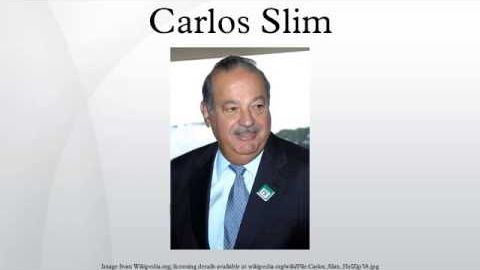Carlos Slim (Carlos Slim)
Chia-Yin Huang 發佈於 2021 年 01 月 14 日  沒有此條件下的單字
沒有此條件下的單字US /əˈkwaɪr/
・
UK /ə'kwaɪə(r)/
US /pəˈzɪʃən/
・
UK /pəˈzɪʃn/
- n. (c./u.)態度,觀點;位置;(團隊運動中個人所處的)位置;職位;處境;優勢
- v.t.定位;放置
US /kəˈrɪr/
・
UK /kə'rɪə(r)/
- n. (c./u.)事業;生涯;生涯;公共生活
- v.t./i.事業;發展
- v.t.促進;職業
- adj.長期的
US /ˈɛstəˌmet/
・
UK /'estɪmət/

